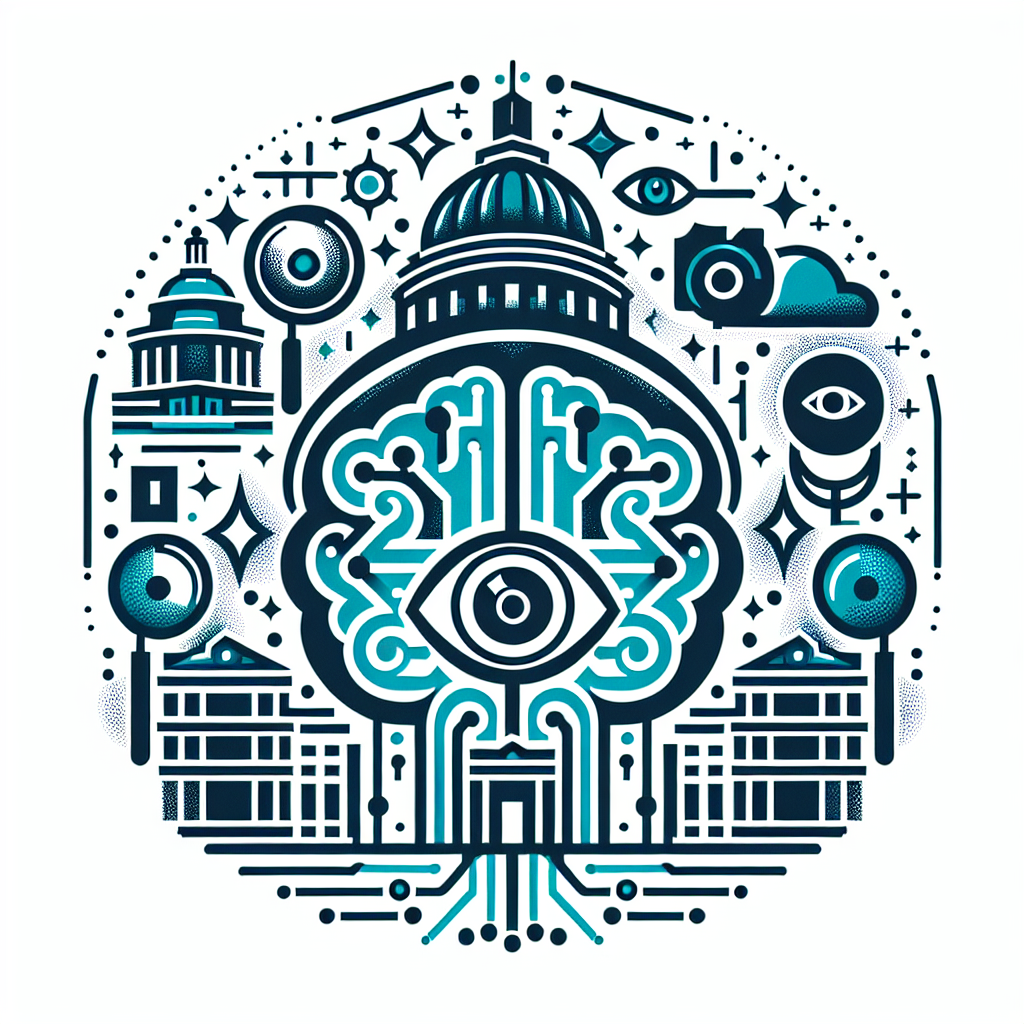Artificial Intelligence (AI) has been rapidly advancing in recent years, transforming various aspects of our daily lives and revolutionizing industries such as healthcare, finance, and transportation. With its ability to process vast amounts of data and make decisions at speeds far beyond human capability, AI has the potential to significantly improve government operations and services. However, this powerful technology also raises concerns about accountability, oversight, and transparency in governance.
Government agencies are increasingly turning to AI to streamline processes, improve decision-making, and enhance public services. For example, AI systems are being used to analyze data and detect patterns in order to predict and prevent fraud in social welfare programs, optimize traffic flow in smart cities, and automate routine administrative tasks in public sector organizations. While these applications can lead to more efficient and effective governance, they also present unique challenges in ensuring accountability and transparency.
One of the key concerns surrounding the use of AI in government is the potential for algorithmic bias. AI systems are only as good as the data they are trained on, and if that data is biased or incomplete, it can lead to discriminatory outcomes. For example, a predictive policing algorithm that is trained on historical crime data may inadvertently target minority communities due to biases in the data. This raises questions about fairness, equity, and due process in government decision-making, and highlights the need for robust oversight mechanisms to ensure that AI systems are used ethically and responsibly.
Government accountability is essential for maintaining public trust and ensuring that public officials are held to high standards of conduct and performance. In the context of AI, accountability becomes even more crucial as decision-making processes become increasingly automated and opaque. Traditional mechanisms of accountability, such as democratic elections, public scrutiny, and legal checks and balances, may not be sufficient to address the unique challenges posed by AI in government.
Enhancing oversight and transparency in the use of AI in government is therefore critical to ensuring that public officials are held accountable for their actions and that decisions made by AI systems are fair, transparent, and aligned with public values. This requires a multi-faceted approach that includes robust governance frameworks, clear guidelines for the use of AI in government, and mechanisms for public oversight and accountability.
One way to enhance oversight and transparency in the use of AI in government is to establish clear guidelines and standards for the development and deployment of AI systems. This includes ensuring that AI systems are designed and implemented in a way that is fair, transparent, and accountable. Governments can also establish independent oversight bodies to monitor the use of AI in government and ensure compliance with ethical and legal standards.
Another important aspect of enhancing oversight and transparency in the use of AI in government is to promote public awareness and engagement. This includes educating the public about the potential benefits and risks of AI in government, soliciting feedback and input from stakeholders, and ensuring that decisions about the use of AI are made in an open and transparent manner. By involving the public in the decision-making process, governments can build trust, legitimacy, and accountability in the use of AI in government.
In addition to governance frameworks and public engagement, governments can also leverage technology to enhance oversight and transparency in the use of AI. For example, governments can use AI-powered tools to monitor the performance of AI systems, detect biases and errors, and ensure compliance with ethical and legal standards. By using AI to oversee AI, governments can enhance accountability and transparency in the use of this powerful technology.
Overall, enhancing oversight and transparency in the use of AI in government is essential for ensuring accountability, fairness, and public trust. By establishing clear guidelines, promoting public awareness and engagement, and leveraging technology to monitor AI systems, governments can ensure that AI is used ethically and responsibly to improve governance and public services.
FAQs:
Q: What are some examples of AI being used in government?
A: AI is being used in government for a wide range of applications, including fraud detection in social welfare programs, traffic optimization in smart cities, and automation of administrative tasks in public sector organizations.
Q: How can governments ensure that AI systems are fair and unbiased?
A: Governments can ensure that AI systems are fair and unbiased by establishing clear guidelines and standards for the development and deployment of AI systems, monitoring their performance, and promoting public awareness and engagement.
Q: What are some of the challenges in ensuring accountability and transparency in the use of AI in government?
A: Some of the challenges in ensuring accountability and transparency in the use of AI in government include algorithmic bias, lack of oversight mechanisms, and the opacity of decision-making processes.
Q: How can the public be involved in the decision-making process around the use of AI in government?
A: The public can be involved in the decision-making process around the use of AI in government through public consultations, feedback mechanisms, and transparency in decision-making processes.

